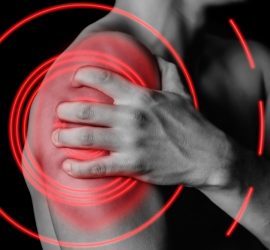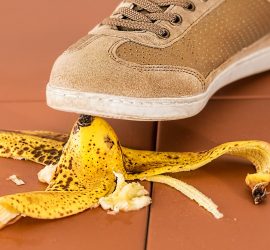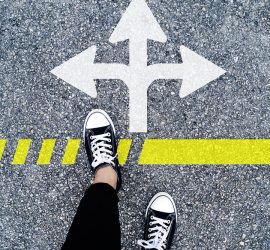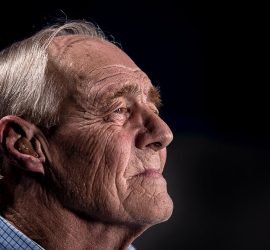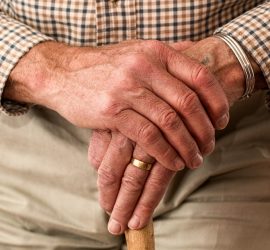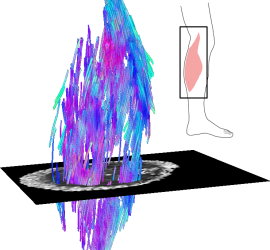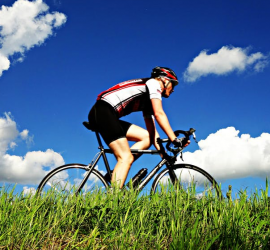Treatment options for musculoskeletal pain: an overview of current evidence 2
Musculoskeletal pain is the most common cause of disability globally (Vos et al. 2013). It is managed in primary care by a plethora of treatment options, such as self-management advice and education, analgesics, corticosteroid injections, exercise therapy, complementary therapies, and psychosocial interventions. Research suggests that localised musculoskeletal pain frequently coexists in more […]

